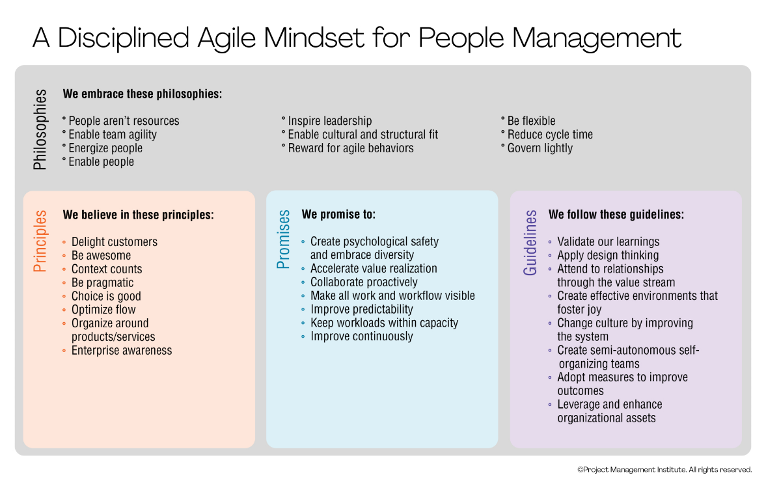Remote Team Building and Leadership

Whenever technology leaders get together, conversation inevitably turns to remote team building and leadership. How can we manage remote teams and ensure our teams are operating efficiently? As Managing Director of our Chicago office, I have the benefit of being close to all our ongoing engagements. This gives me a holistic view across our projects of what is working, what is not, and if there are any common themes. Here are my observations along with a set of techniques that have worked well with our teams.
Most engineers are introverts, online collaboration tools bring out engagement
Engaging engineers was a challenge, even when we were all working from the office. Remote work makes that even more difficult, but thankfully we have collaboration tooling like Miro to help us. These tools break down the “I’m in the spotlight” feeling that most of us falling into the S or C spectrum of DISC hate, and allow us to express our thoughts more freely. I have witnessed ideation sessions, retrospectives, design workshops that had greater team collaboration than ever before. Every idea is captured, not just the loudest in the room. If you have not invested in one of these tools, you should!
Relationships are everything – these need to be created and nurtured
Bruce Tuckman defines a path that teams follow on their way to high performance. I’m sure you have heard the terms - “Forming, Storming, Norming, Performing.” To no surprise I have observed that it takes much longer for remote teams to traverse this path. Leaders need to be deliberate in providing avenues for coworkers to get to know each other, interact and develop relationships. Face to face interaction is crucial. It breaks down barriers and creates interpersonal relationships that are hard to form otherwise. To achieve this, you need to go beyond Zoom happy hours. For remote teams, dedicated collaboration sessions and team office days for crucial points in the software lifecycle are a start. We’ve even created offsite retreats where employees engage with each other, unwind, learn and grow. These are just some techniques that will get you to the “performing” stage quicker.
Inspire and organize your product team
In certain organizations I have observed increasing disengagement and diminished morale among remote teams. Teams feel like “mercenaries and not missionaries.” In a remote setting it’s very easy to fall into silos, where teams just do work without a sense of the larger picture. It’s ever more important for leaders to clearly set and communicate a vision.
Organizing around product teams versus project teams increases collaboration, reduces dependencies and unites the cross functional teams around the value stream. Members feel they are contributing to the overall company goals and are more motivated to contribute and succeed.
Handling Burnout with a dose of discipline
Burnout is definitely visible within IT organizations. According to a recent Visier survey (The Burnout Epidemic Report, 2021), a staggering 89% of employees say they have experienced occasional workplace burnout within the past year. Main contributors were an increase in workload along with a feeling of not providing value. In the complex world of product development, the root cause is often an organization’s inability to successfully establish a process and culture that can deliver rapidly and with quality on their digital objectives. Running agile is not easy, and it truly takes experienced practitioners to run it right. Add in the remote aspect, and it’s even harder. Enter Disciplined Agile (https://www.pmi.org/disciplined-agile), a toolkit of proven software development techniques that teams can source from to determine their unique way of working. Even better, Disciplined Agile is based on a mindset that enables a culture that fosters employee engagement, collaboration, continuous improvement and predictability - all factors that greatly reduce employee burnout.

Use Metrics to Provide Insights and Improve
To really determine what remote tactics are working, agile teams should come up with a set of metrics. Each organization is different, so work with your teams to determine what you wish to improve and what corresponding metrics make sense to capture. Make these metrics visible to the team, and ensure they understand why they are being collected. The spirit needs to be around better predictability and continuous improvement. Go beyond the typical project metrics velocity and burn. Team dynamic and employee engagement are just as important to measure.
As more organizations turn towards a remote or hybrid workforce, it will be critical that they examine their SDLC processes and put in place the necessary changes to ensure successful delivery. For further insights, contact us or stay tuned for additional thought leadership material.
Want to learn more?
The author of this blog will be conducting a webinar on November 30, 2022 to discuss how to effectively launch remote teams.





